Sarojini Naidu famously quipped that it cost a lot of money to keep Mahatma Gandhi in poverty, so she would no doubt view with amusement fashion’s current obsession with quiet luxury dressing. Blame it on actor Gwyneth Paltrow’s recent attire in court during a ski trial in Utah, where her restrained style of cashmere sweaters, coats and boots in neutral tones from brands such as The Row, Ralph Lauren, Celine and Prada, went viral. Inflationary pressures in the West and an uncertain global economic climate made fashion observers opine that Paltrow’s understated (read: costly) dressing was a harbinger for things to come. But is this a real, lasting trend or a flash in the pan?
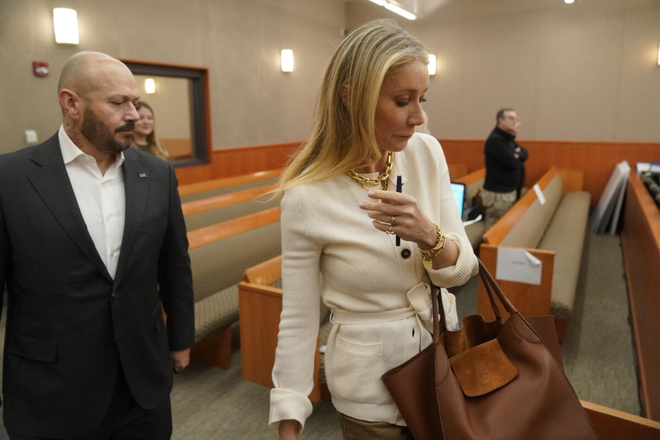
“The international fashion system needs a new buzzword every season,” says Mayank Mansingh Kaul, the noted textile designer and curator. “Take this with a pinch of salt. One year it’s about a colour and the next it’s about sustainability and artisanship, and then it’s about quiet luxury. Brands are showing multiple times a year so you need something to drive sales every season.” In fact, walk the streets of New York or enter the opulent glamour that is Sabyasachi’s new store in Mumbai and there is no room for “quiet” in luxury. Today’s shopper craves recognition because of the aspirational aspect of her purchases. Flaunting expensive, branded items signals success and wealth. In India, thanks to Instagram’s popularity and the growth of influencer/paparazzi culture, over the top weddings and glitzy celebrity style drive our aesthetic.
In an Instagram post, digital content creator Bryan Yambao (@bryanboy) contends that this “quiet luxury” notion that people with “true” wealth only wear discreet, conformist uniforms is nothing but nonsense. It’s not “luxury” per se, it’s an old aesthetic rooted in whiteness and deception, he says — dressing in a uniform manner to control how people perceive them. Yambao debunks the image that “really rich” people don’t wear logos with a photo of one of Bernard Arnault’s sons backstage at the Blackpink concert — in a sequinned Celine jacket with a massive logo on the back.
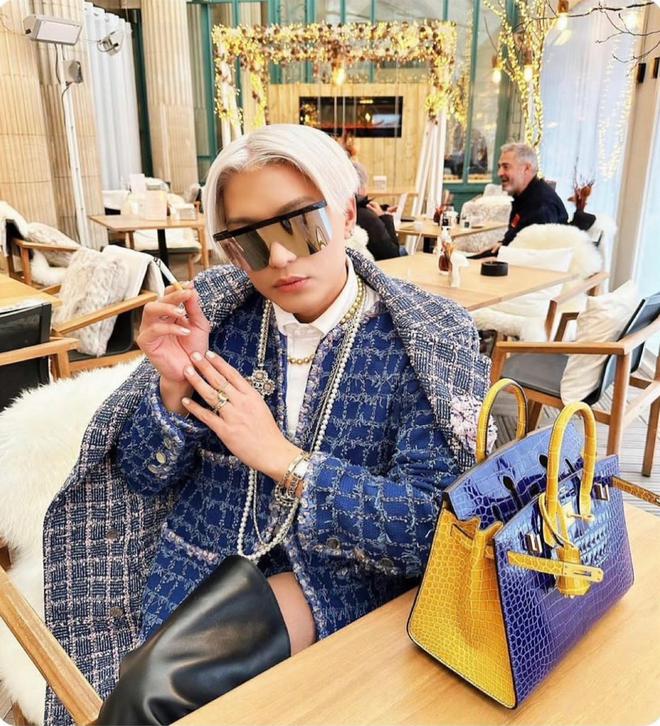
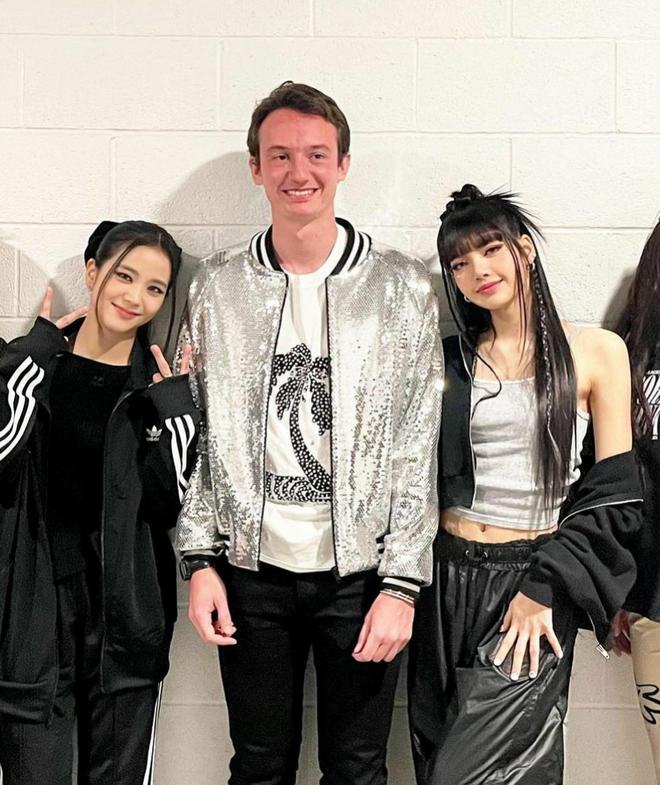
The mix of overt branding and discreet dressing is far more prevalent. Singapore-based lifestyle consultant Aishwarya Nair Mathew recently dressed for travel in a Toteme cashmere sweater and pants from The Row, but complimented it with a large Saint Laurent logo emblazoned handbag. Founder of minimalist fashion label Aligne Studio, which produced simple, high quality, clean lines, she says, “It is about having and curating the best essentials with stellar brands and not being boastful about them.”
Pink and textural does it
For India, quiet luxury is hardly new or a trend. One could argue it is inherent to our ethos. As a young, independent nation, the underlying aesthetic of simple, pared down chic reigned supreme. Long before hit Hollywood streaming shows such as Succession made quiet luxury fashion a talking point, India had Indira Gandhi and Maharani Gayatri Devi traversing the country and the world in elegant saris. Their sartorial style from the last century continues to fascinate. Fast forward a few decades and Sonia Gandhi, Simi Garewal and most society women in urban India continued in this vein.
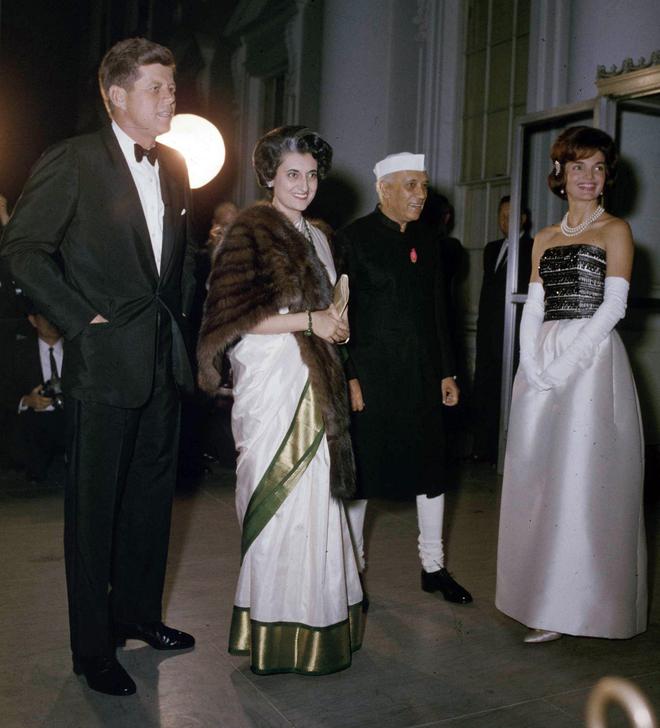
The focus in the subcontinent is different because quiet luxury for us is in the intricacy of weaves and in the beauty of fabrics, which could be as light as pure muslin or handwoven heavy silks in bold colours. “The person buying a kanjeevaram, Benarasi, paithani, patola, chikankari or Kashmiri shawl will always be there,” says Mansingh Kaul. Take the recent Dior show in Mumbai. Even as celebrities sported Dior and posed for the cameras, the show did not begin till Rekha, resplendent in her kanjeevaram sari and gold jewels, arrived to take her seat. The actor was channelling the style celebrated by many Indian women — who wear intricately-woven saris and custom jewellery that evoke the kind of ‘unbranded’ dressing for which the country is known.
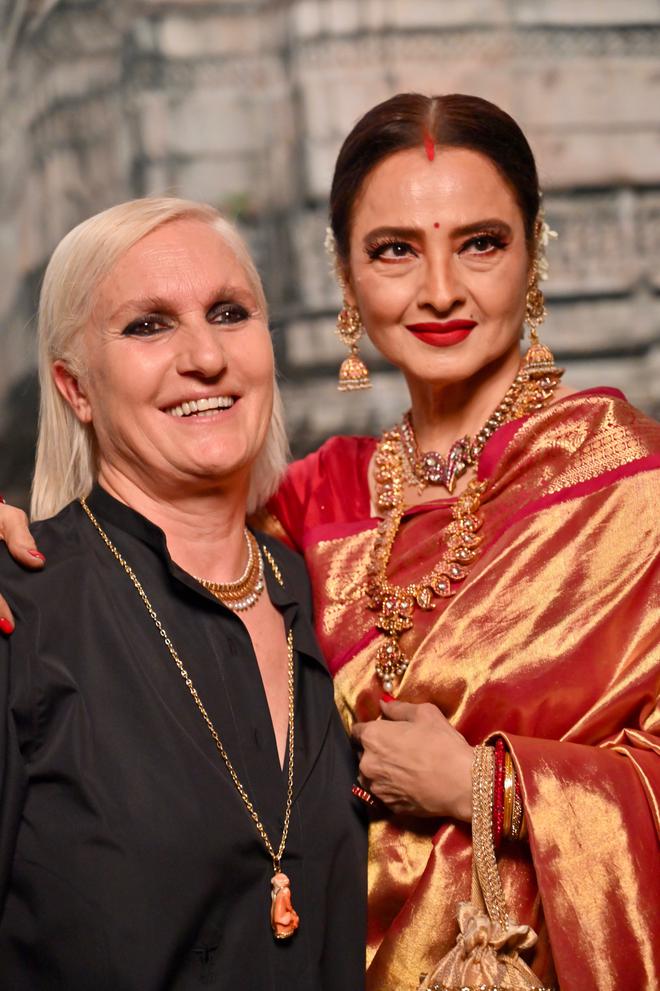
Palak Shah, CEO of handloom luxury brand Ekaya Banaras, believes that “quiet luxury is valuing artisanal, craftsmanship”. And now more so than ever before, this does not mean a muted colour palette — pink is after all the navy blue of India — and Ekaya’s clients embrace bright, festive colours. Shah says she has not seen a big migration to less embellishment either.
Today, India has many ambassadors of quiet luxury: publishers Anuradha Mahindra and Malavika Singh, actors Deepika Padukone, Alia Bhatt and Vidya Balan, art gallerists Amrita and Priya Jhaveri, art patrons Sangita Jindal and Czaee Shah, danseuse Mallika Sarabhai, crafts doyenne Malavika Shivakumar, and entrepreneur Rajshree Pathy, amongst others.
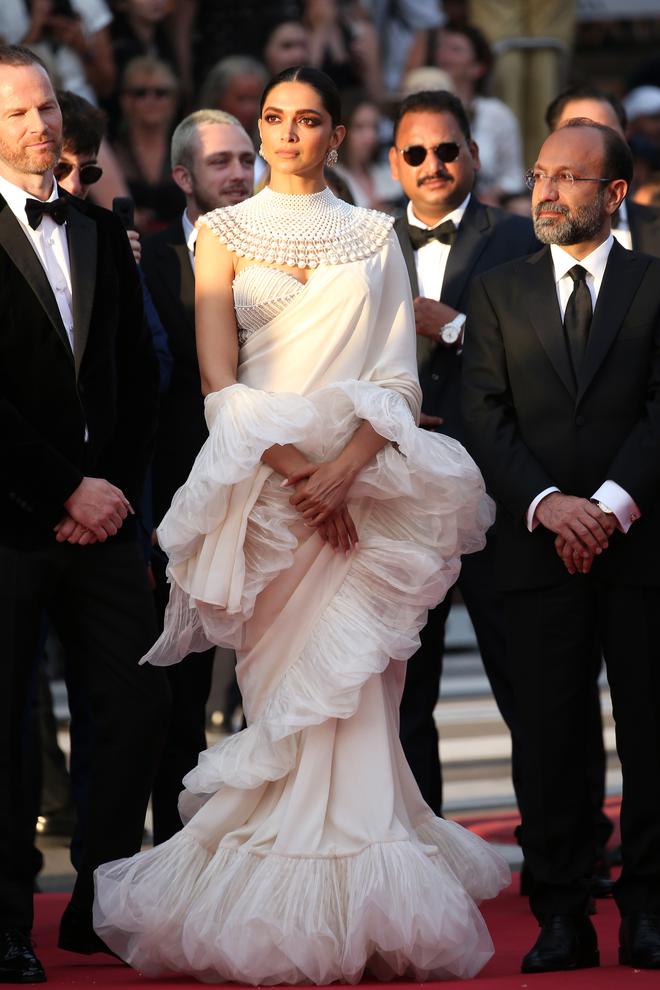
Will international luxury majors change tack?
Most western luxury labels hoping to make deeper inroads into India are unlikely to take the quiet luxury route. They may tweak their offerings — throwing in colour, customising collars and the like — but just like their international counterparts, Indians too will want to show off their big ticket purchases, not underplay them. These brands cater to a particular aesthetic, as do home grown luxury labels such as Swati & Sunaina (sari price points begin at ₹5 lakh) or Raw Mango which serve a more traditional aesthetic.
LVMH, home to luxury brands that span the spectrum of staid to loud, reported record revenues of €21 billion in the first quarter of 2023, up 17% from the same period last year. In India, the more ornate end of the spectrum continues to thrive — the wedding market has been growing 20% annually and is worth $50 billion today. The bridal clothing market is the most lucrative for Indian designers.
Indeed, fashion is far too complex and individualistic for a one-size-fits-all approach. For every person embracing quiet luxury, another embraces logo-mania. As this year’s recently-concluded Met Gala demonstrated, shiny, over-the-top luxury is here to stay. The handloom heiress will make heads turn, but it’s the Sabyasachi princess and the Manish Malhotra maharani who will command the cameras.
The writer is a Mumbai-based journalist and author.







